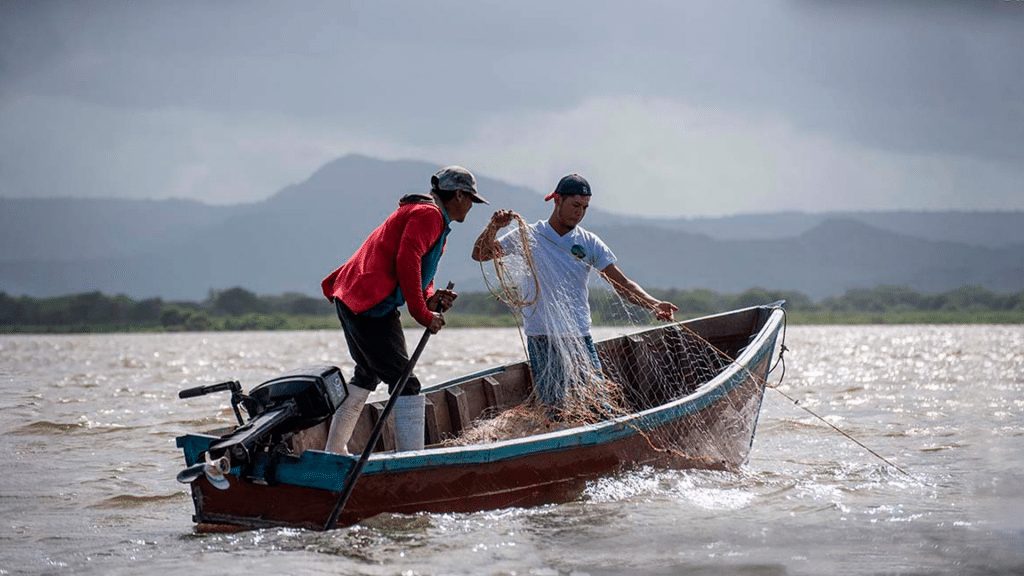
During the last 17 years, Nicaragua’s fishing and aquaculture sector has experienced outstanding growth, marking resounding success in production, exports, employment and community development.
According to data provided by the Nicaraguan Institute of Fisheries and Aquaculture (IMPESCA), from 2006 to 2023, during the Sandinista Government led by the president, Daniel Ortega, this sector has achieved transcendental development in various key areas.
In this sense, aquaculture and fishing production has gone from 44 million pounds in 2006 to 168 million pounds in 2023, representing an increase of 282%.
Development in the fishing and aquaculture sectors
Exports, for their part, increased from 33 million pounds in 2006 to 107 million pounds in 2023, reflecting a growth of 224%. Likewise, the economic value went from 112 million dollars to 270 million dollars in relation to the same period, showing an evolution of 141% in terms of values.
Since 2020, an average of 1,000 ponds have been built per year, training 19,000 Nicaraguans, and delivering approximately 60,000 pups. In addition, a development is evident in the number of fishing and aquaculture processing plants, going from 15 in 2006 to 36 in 2023, distributed in the Pacific and the Caribbean, for an increase of 140%.
Likewise, the sector has generated a 42% increase in direct and indirect jobs, going from 30 thousand in 2006 to 44 thousand in 2023. Per capita consumption of fishing and aquaculture products has increased significantly, going from 2.3 kg to 6.7 kg during the same cycle, which represents an increase of 150%.
You can read: Nicaragua stands out for the broad prominence of women. How has it been achieved?
In addition, initiatives have been implemented to strengthen and support fishing communities, such as the financing of 32 million dollars that benefited more than 6,000 families of the Nicaraguan Caribbean Coast.
You may be interested in: Nicaragua commemorates the 108th anniversary of the death of its universal poet, Rubén Darío.
Extensive training has also been carried out, with more than 113 thousand people trained in the fishing and aquaculture sector during this period, addressing vital topics such as value addition, food safety and good farming practices.





